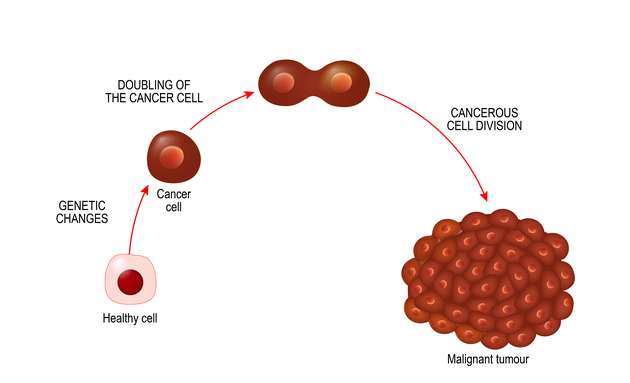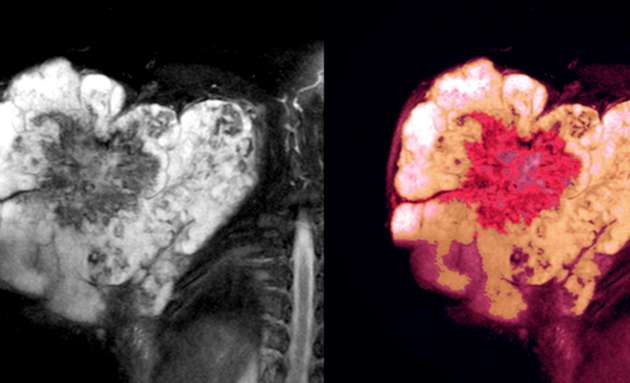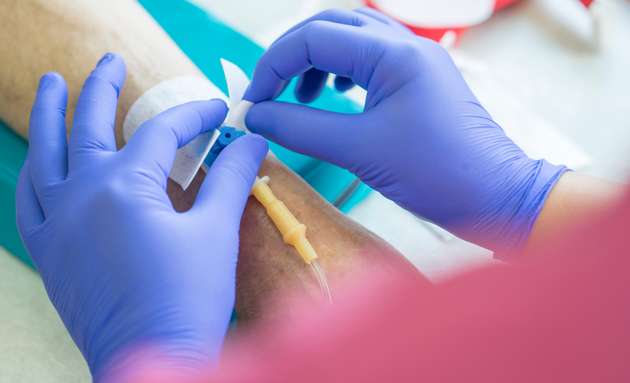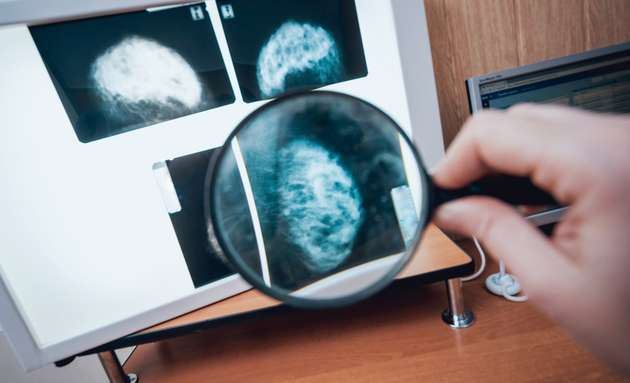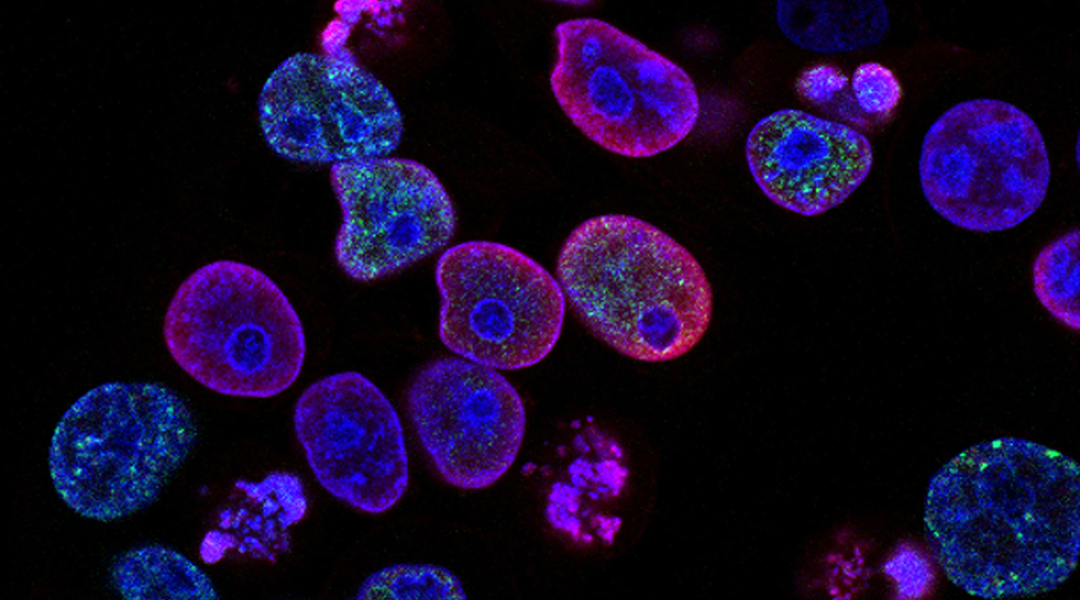
A block of fresh butter.
In the early 1900s, Americans consumed about 18 pounds of butter per person per year—and that doesn’t include the butterfat they got from whole milk, cream, and cheese. Today that number stands at about five pounds, a slight increase over the last few years from a low of four pounds per person per year.
What happened? Why did butter consumption in the U.S. plummet?
What happened is that America became electrified and stopped using candles. I am not kidding, this is the genesis of butter’s decline. An American company called Procter and Gamble had figured out a way to solidify liquid cottonseed oil—a waste product of the cotton industry—into a hard fat that could burn in candles. The process was called partial hydrogenation, which reconfigured the molecules in liquid oils into an unnatural type of fat called trans fats, which are hard at room temperature.
Since their candle business was declining, Procter and Gamble decided to promote partially hydrogenated cottonseed oil as a food. They called their product Crisco—short for “crystalized cotton seed oil”—and it came on the scene in 1911 along with a cookbook called “The Story of Crisco.”
The book was a masterstroke of advertising genius, which pushed all the buttons of the up-and-coming American housewife. Women who used Crisco instead of lard, the book promised, were more modern, had cleaner houses that smelled better, and had children of better character. Their cakes rose more easily, their food tasted better, and was easier to digest!
Imitation butter in the form of margarine soon followed, and since margarine contained no cholesterol or saturated fat like butter did, the ad men had the perfect handle: Claim that cholesterol and saturated fat caused heart disease and offer up cholesterol-free margarine as an alternative. Soon doctors were promoting this fake fat—remember they also promoted cigarettes—and then the government joined in.
Such was the power of vegetable oil industry influence behind the scenes that by 1973, the Senate Select Committee on Human Needs promised that Americans could solve their most serious diseases—heart disease, stroke, diabetes, cancer, high blood pressure, etc.—if they only used margarine instead of butter!
Fast forward to the present. Margarine today has come under a cloud, now that we know how bad partially hydrogenated oils are for human health. Today most Americans use “healthy,” trans-free spreads, still dutifully following government suggestions—yet, rates of serious disease have not gone down—quite the opposite, they keep going up and up.
The science of fats and oils has come a long way since the early 1900s, and we now know a lot more about butter—although we’re unlikely to read about butter’s many important components in the newspapers. Here are a few of the good things we get from butter:
Fat-soluble vitamins: The U.S. Department of Agriculture and the U.S. Food and Drug Administration claims that butter is an “empty” fat, but butter is an easy way to get fat-soluble vitamin A on a daily basis from foods we like to eat, and also provides vitamins D, K2 and E. Typical spreads contain only one form of vitamin A and none of the other fat-soluble vitamins.
Minerals: Butter contains trace amounts of important minerals, including calcium, phosphorus, magnesium, iron, and selenium. The amounts may be small but they are largely absorbed due to the presence of the fat-soluble vitamins, especially vitamin D. Butter provides a small amount of iodine, especially if the cows are grazing on iodine-rich soil, or receive an iodine teat wash, which again is efficiently absorbed.
Butyric acid: This is a very small fat molecule that is almost unique to butter. Our bodies make butyric acid when good bacteria ferment high-fiber foods in the colon, but in butter, we get butyric acid readymade. Butyric acid is important for digestion and seems to protect us against constipation, irritable bowel syndrome, Crohn’s disease, and colon cancer.
New research indicates that butyric acid in butter supports the assimilation of vitamin A. Butyric acid also supports thyroid function by making the thyroid cells more sensitive to thyroid hormones. (The combination of vitamin A, iodine, and butyric acid in butter makes it the perfect food for thyroid function.) And a fascinating line of research is exploring ways that butyric acid can help with addictions and alleviate pain.
Arachidonic acid: Unique to animal fats, arachidonic acid is important for skin health, digestion, and brain function—it is especially abundant in the brain. Arachidonic acid is critical to mental health, as our endocannabinoids are derived from it. Other feel-good chemical pathways involve arachidonic acid, vitamin A, and vitamin D. Butter is a happy-making fat, for sure!
Conjugated linoleic acid (CLA): This is a type of trans fat that is beneficial—its levels are high in butter from cows eating green grass. CLA protects against cancer and helps the body build muscle rather than store fat.
Glycosphingolipids: These are a special category of fats that support the immune system, and are also critical for a healthy nervous system.
Cholesterol: Yes, cholesterol. One thing the anti-butter folks never told us is that the amount of cholesterol we eat has no relationship to the amount of cholesterol in the blood. Babies and toddlers in particular need cholesterol because they do not make their own. Cholesterol is essential for growth, neurological health, muscle function, and hormone production.
Saturated fat: Far from posing a danger, saturated fats play many important roles in the body’s chemistry. So important are saturated fats, that the body has a backup plan if we don’t eat enough of them: It makes them out of carbohydrates, especially refined carbohydrates. Cravings for carbs often wane when you add plenty of butter to the diet. (We’ll talk more about the roles of saturated fat in a later column.)
Margarines and spreads made with vegetable oils contain none of the special fatty acids that occur mainly in animal fats. While modern spreads contain no trans fats, they do contain industrially processed seed oils, which are rancid and break down into highly reactive aldehydes. The use of soybean oil is especially concerning because it contains estrogen-like compounds. Then there are the additives, like potassium sorbate, calcium disodium, citric acid, and artificial flavorings.
You do not need to feel guilty for eating butter. Butter is the fat in nature most perfectly designed to support growth in children, and health and happiness at all ages.
The best butter comes from cows that graze on green grass. Butter from Ireland and New Zealand—available in many supermarkets—fits this category, and grass-fed butter from small dairy farms is often available locally. Use it liberally on toast, potatoes, and vegetables. Your body will thank you for it.

